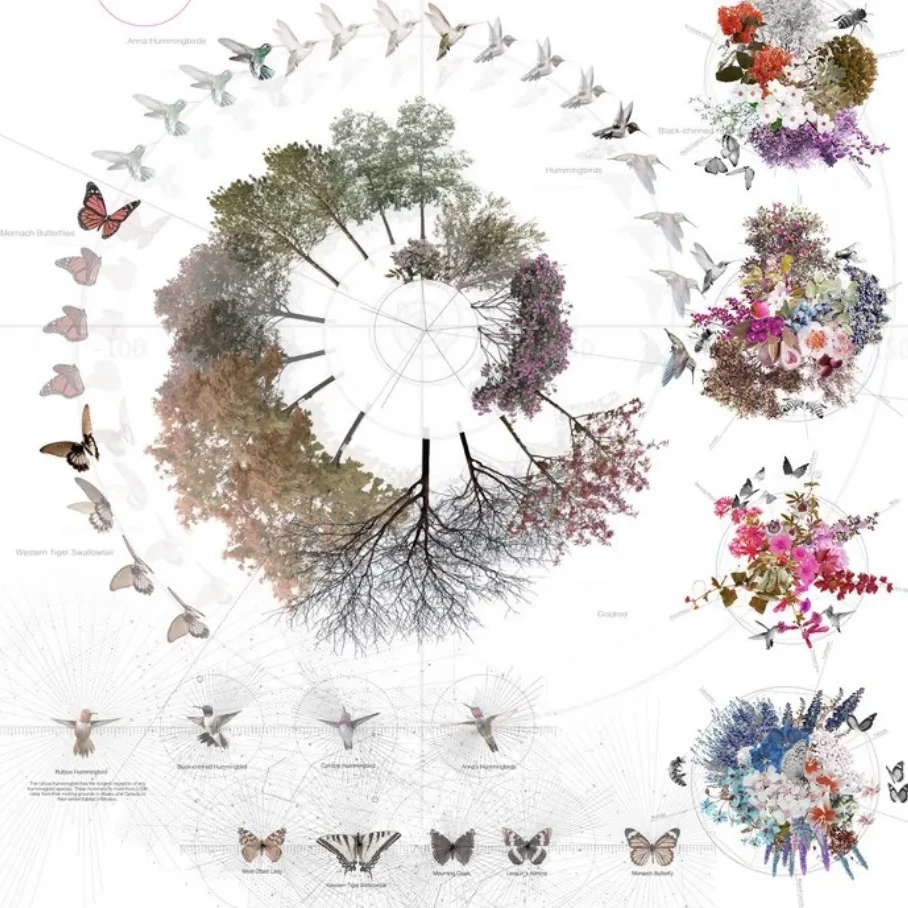by Ari Sahagún and June Holley
First, we wanted to make sure our definition of co-design fit our list of network values.
1) The co-design process needs to create an alternative to the inevitable unequal power found in a conventional design process. Participants must be peers with the designers not just subjects of inquiry. Designers must recognize, honor, and center the true expertise needed to design the product – that of the participant/user. Participants should have equal weight in designing and determining the end products that the design process creates. Ask, Does everyone feel like their expertise, experiences, and contexts are valued?
Cea and Rimington describe 5 ways to equalize power in a design process:
- define the problem at hand with the others involved
- trust all players with full information about the big picture of the project and the constraints
- support authentic leadership roles and structures for participants
- create an environment that incentivized decentralization of creative input and power
- encourage fluid roles.
2) To underscore trust and promote deep learning, we think the design process should develop long-term relationships between designers and users. This moves everyone involved from transactional relationships to those that can be transformative. For this to happen, we cultivate relationships that support vulnerability and truth-telling. Furthermore, these deeper, more honest and peer like relationships will strengthen the overall network: any codesign process is a network building process. Ask, “Do people feel comfortable sharing their true opinions of the process and product?”
3) Next the process must have maximum engagement of the participants who will be impacted by the product or who are interested in the design process to develop the product. This suggests moving beyond focus groups to having more rigorous, regular feedback on prototypes; literacy needs to be developed in everyone to understand contexts, technical terms, and experiences. People need to have opportunities to engage in different venues (one-on-ones, small groups, full group convenings). Ask, “Are people excited to engage?”
4) The process must value difference and diversity of perspectives. This means that many different kinds of people – young and old, people from different backgrounds – are included. This is critical because it is diversity that leads us to question our assumptions and think differently about design. We like the term productive conflict. Ask, “How can differences let us see a new way of looking at things?”
5) Everyone involved in the process needs to understand that the product development process is iterative. Any design is in perpetual beta. We need to be continually involved in gathering feedback and using it to transform the products that we co-create. Ask, “Is there energy for continued conversations about the product or process?”
6) In most cases, the initial design team will involve a limited number of participants of the network – even if it uses participative processes. However, part of the design process needs to be strategizing how each design participant can introduce and share the product with others in their network so that the product goes viral. Ask, “Does everyone in the network have a chance to try out the new product to determine usefulness?”
7) The design process is also an opportunity for participants to learn how to conduct co-design processes in their organizations and local networks. Ask, “Does the design process provide time to help participants integrate co-design into all network processes?
Read Part 1 of the Co-Design Series HERE
Read Part 2 of the Co-Design Series HERE
Related Posts
October 20, 2025
Signals from the Web
September 9, 2025



